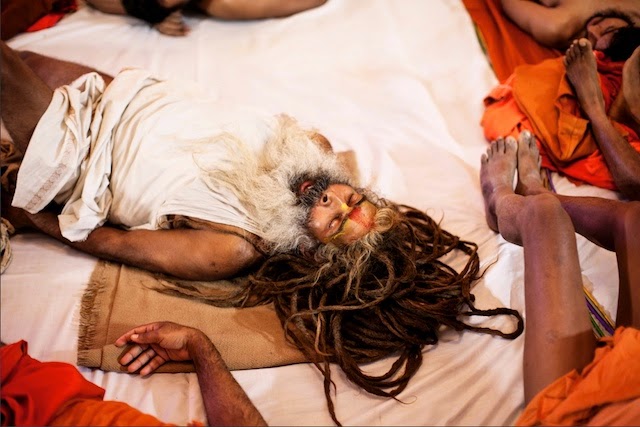
It's been quite a while since I've posted about photojournalism-related matters. I'm not a photojournalist but I haven't come across really seminal photographic work for at least a year; work that could have encouraged me to shake off the blahs.
But the recent feature Life In The Valley of Death published by The New York Times did just that. It's about the aftermath of the Bosnian war, and the ongoing efforts to find the mass graves containing thousands who disappeared during that conflict, and how the remains of those killed in the genocide keep turning up, unsettling the reconciliation between Muslims and Serbs.
The photographs are by Paolo Pellegrin, and the well written article is by Scott Anderson.
While both the photographs and the story are certainly powerful, I was initially drawn to the feature by its 'packaging'. The large sized photographs, the article's layout and the haunting title all pulled me in, and pushed me into delving more deeply into the feature.
On reflection, I would've added audio clips of the main protagonists such as Amor Masovic, Fazila Efendic, and Robert Zomer. These would've added an aural texture to the feature, making it more tactile and palpable, bringing home the nuances of their voices, accents and expressions. Alternatively, short video clips of interviews with these people would've worked very well.
I believe that this format is one of the future directions for photojournalism, travel, documentary, human interest stories, weddings....any and all photo narratives. It's one of the formats that photographers would be foolish not to use...either via some of the already existing platforms (see below), or via their own blogs and websites structured to look like these photo narratives.
I have used a number of platforms that provide a similar format such as my own travel-documentary essays in Exposure, Storehouse, Maptia and to some extent Cowbird. I have enjoyed creating these photo narratives, it's easy, effective and well worth your time.

















